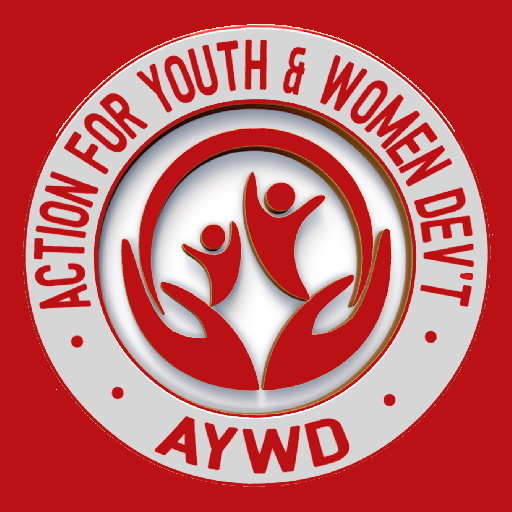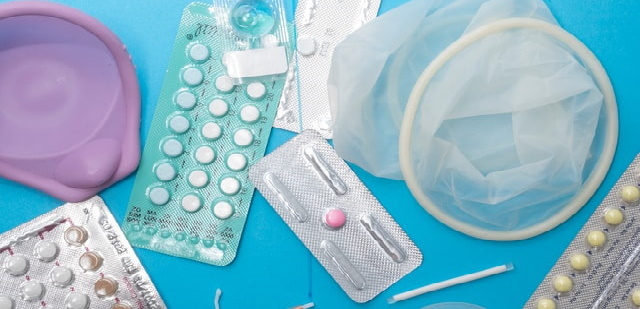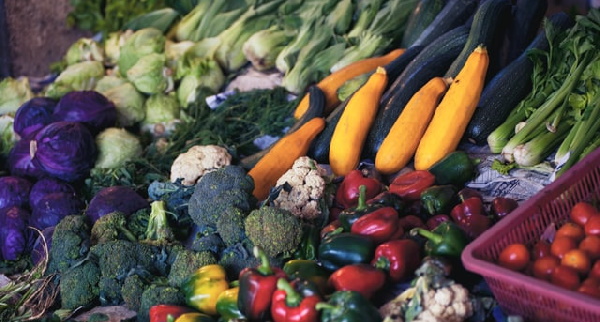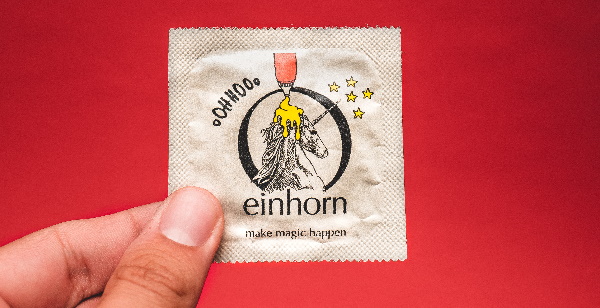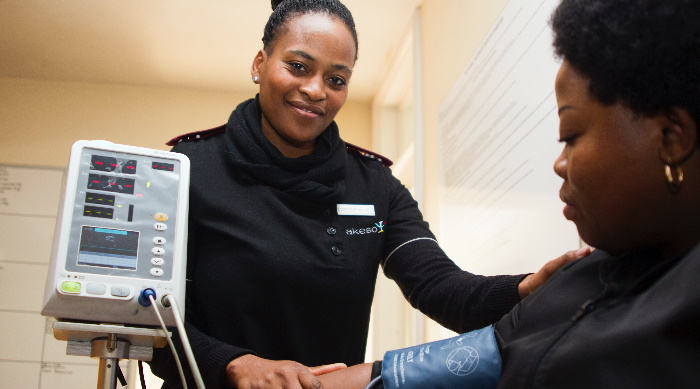Health Promotion & Development
Within the Community health thematic area, AYWD implements the following interventions.
Water, Sanitation and Hygiene – WASH
Ensuring universal access to safe drinking water, along with the provision of the means to wash regularly in clean water and delivering access to hygienic toilet facilities form a crucial platform of the Sustainable Development Goals for 2030.
Women and children, with special focus on widows and orphans have substantially greater need for water, sanitation, and hygiene. Encouraging hygiene education for Women in home based care services and additional support for the provision of water, sanitation, and hygiene services is recommended.
Within this Sub- thematic area, AYWD has focused on promotion of access to safe water and improvement of sanitation and hygiene within the communities through;
- Construction of safe shallow wells for community utilization or water jars for elderly vulnerable women whose advanced age cannot enable them move out of their homes to look for water.
- Construction of latrines in targeted communities and vulnerable individual beneficiaries i.e. elderly women and schools as major beneficiaries.
- Sensitization of communities about hygiene management best practices within communities through specific sensitization training with respect to basic safe hygiene practices such as washing their hands with soap and water after visiting the latrines.
- Dissemination of awareness messages such as “Soka kunaba mungalo nga tonalya”.
- Mobilization of Water User Committees (WUCs) and School Health Clubs and training them in best practices.
- Provision of water tanks in schools where possible.
These interventions have contributed to increased and improved access to latrine coverage and a reduction in incidences of poor hygiene and poor sanitation related diseases such as: diarrhea and worm infestations.
Promote HIV/AIDS Prevention & Control
Reproductive Health Intervention
There are several interrelated crises in women’s health in contemporary Uganda. Since the 1990s, HIV/AIDS has been considered foremost among these and it has posed a demographic, health, social and cultural catastrophe for Ugandan women. Women’s social and health statuses are also being blighted by the high rates of intimate partner violence and sexual assault in the country.
Key indicators on Uganda’s reproductive health show that maternal mortality rate per 100,000 live births is 310 while infant mortality rate per 1,000 live births stands at 63 while percentage satisfaction with the health care quality stands at 48.
The other challenge is teenage pregnancies and teen age mothers who are faced with lack of resources to take care of them and their young children. According to the 2014 Uganda Demographic and Health survey, more than four in 10 births are unplanned.
The mothers blame this on ignorance about family planning services or ill –informed husbands who bar them from accessing the family planning services. Within this sub-thematic area, AYWD has focused on interventions that have addressed gaps within reproductive health. Some of these areas could be:
- Safe sex reproductive education.
- Right/safe age at which one should become a mother and where one should go to seek help if one is pregnant and other related interventions.
Nutrition
HIV/AIDS is still one of the leading causes of death and AYWD has implemented interventions that increase community awareness about the HIV/AIDS scourge; specifically how HIV is contracted, how it is managed and how one can prevent ones’ self from contracting this disease.
Other topics that have been explored include the impact of HIV/AIDS on the family, community and country at large.
Health Systems Strengthening
AYWD focuses on strengthening of community health systems through the development and implementation of community oriented health policies and realistic plans within the context of national socio – economic development, and the improvement of health services performance in terms of quality, effectiveness, efficiency, coverage and equitable accessibility.
We focus on synthesizing and translating evidence and promoting its use in order to strengthen health systems in Uganda to effectively respond to the many challenges affecting reproductive, maternal, child, and adolescent health (RMNCAH).
Our aim is to to enhance the prioritisation of RMNCAH issues in policymaking and resource allocation and guide determination of cost effective interventions to improve health outcomes for children, adolescents and women.
Widowhood accounts for some 35% of excess adult female mortality in Africa. It’s a shocking fact that 1 in 4 people in sub-Saharan Africa have go to bed hungry tonight. The consequences of hunger are devastating.
Poor nutrition kills over three million children every year, and one in three children under the age of five in sub-Saharan Africa are so malnourished that they have never reach their full physical and cognitive potential.
Women are key caretakers of household food security. Women produce food, manage natural resources and earn income to support their families alongside men.
But they are also largely responsible for preparing meals, rationing food and caring for their children’s health. For widows the burden is even greater.
Helping widow farmers to boost their productivity can generate improvements in child nutrition and overall welfare. But many widows struggle to access land, resources and training. Interventions that focus on the needs and opportunities of widows not only help to bridge the gap but are likely to have the greatest impact.
It is important that farming projects not only generate cash income, but also yield foodstuffs that can contribute to a balanced diet for widows and children, ending the cycle of hunger and malnutrition.
